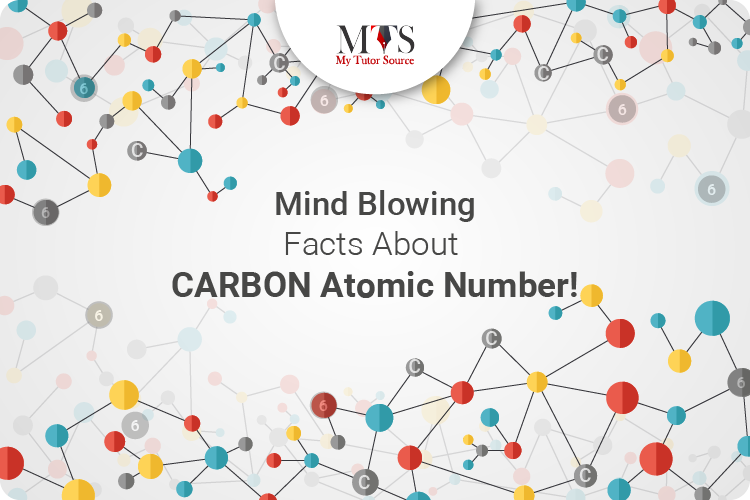

Carbon is an element that is practically everywhere around us. No matter where you look, there is something that is made of carbon or has carbon in it. So much so that even humans are partially made up of carbon and the plastic, household machines, and clothes that we use are also made of Carbon. Most surprisingly, carbon is also present in the air that we all breathe. We have gathered some astonishing facts about the famous element carbon and carbon atomic number. Keep reading to find some interesting information that will leave you surprised:
It is Carbon, the C element, that comes from the Latin word carbo which means coal in English. Carbon is a chemical element that is denoted by the symbol C and it has an atomic number 6. Carbon is tetravalent and nonmetallic.
Well, carbon has four available electrons ready to make covalent chemical bonds. Moreover, Carbon, the element that constitutes about 0.025% of the Earth’s crust, belongs to the 14th group of the periodic table in chemistry. The element also has three naturally occurring isotopes among which 2 are stable and one is unstable. The stable isotopes are 12C and 13C, while the unstable isotope is 14C. 14C is a radionuclide and it has a half-life of up to 5,730 years. Another surprising fact about Carbon is that it is among the list of the very few elements that have been known to man since antiquity.
Another unique property of carbon is that its atoms can bond in multiple ways, thus, creating different allotropes of carbon. Some famous allotropes of carbon are:
The physical characteristics of the element can change depending on the allotrope form under discussion. For instance, diamond, an allotrope of carbon, is highly transparent and graphite, another allotrope of carbon is black and opaque.
Now that we all know what does c stand for on the periodic table, let’s move on:
The atomic number of carbon is 6 and here’s a comprehensive summary of carbon:
| Carbon Atomic Number | 6 |
| Carbon’s Melting Point | 3,550 °C (6,420 °F) |
| Atomic Weight of Carbon | 12.0096 to 12.0116 |
| Carbon’s Boiling Point | 4,827 °C (8,721 °F) |
| The density of different allotropes of carbon: | |
| Amorphous Carbon | 1.9 g/cm3 |
| Diamond | 3.52 g/cm3 |
| Graphite | 2.25 g/cm3 |
| Carbon’s Electron Configuration | 1s22s22p2 |
| Oxidation States | +2, +3, +4 |
C is the standard carbon element symbol as it is made of just one kind of atom which also makes carbon an element. The element is also solid when kept at room temperature owing to the fact its atoms are arranged in a regular pattern.